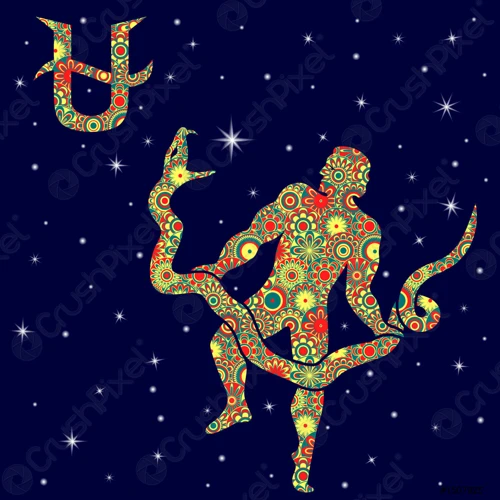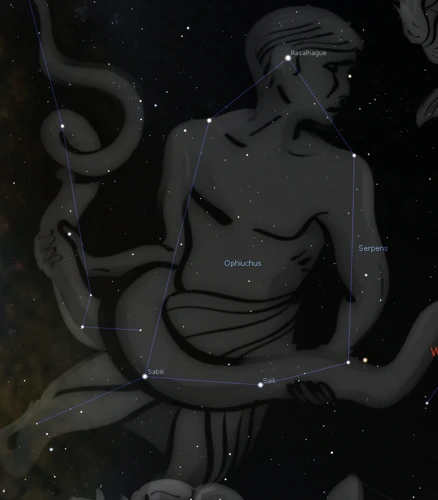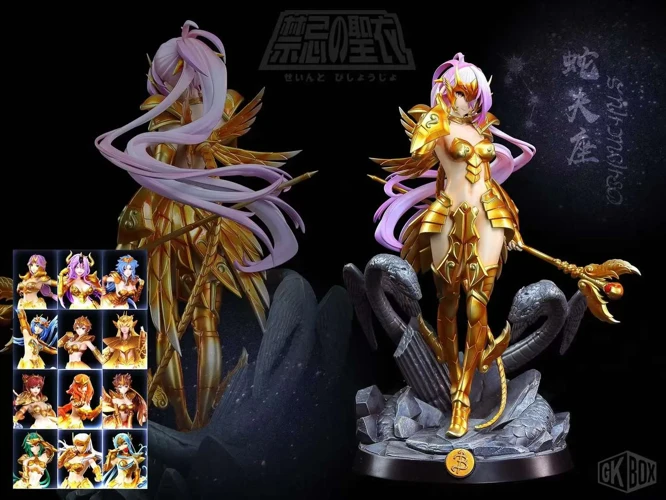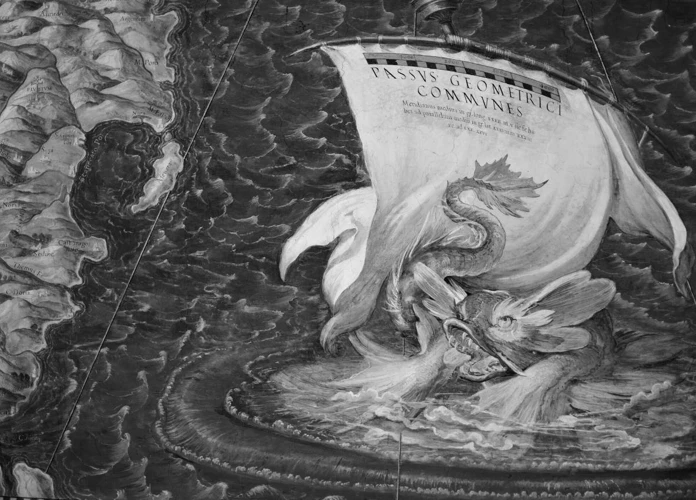Contents
- Celtic Mythology
- Other Mythological Traditions
- Comparisons
- Conclusion
-
Frequently Asked Questions
- 1. What is the significance of Celtic mythology in Celtic culture?
- 2. How did Celtic mythology influence Celtic art and symbolism?
- 3. Were there any female deities in Celtic mythology?
- 4. What role did druids play in Celtic mythology?
- 5. Did Celtic mythology have creation myths like other mythological traditions?
- 6. Are there any famous heroes or legendary figures in Celtic mythology?
- 7. Can I visit places in Celtic regions associated with Celtic mythology?
- 8. Were there any creatures or monsters in Celtic mythology?
- 9. Did Celtic mythology have any influence on other mythological traditions?
- 10. Are there any modern adaptations or popular culture references to Celtic mythology?
- References
-
Frequently Asked Questions
- 1. What is the significance of Celtic mythology?
- 2. Are there any similarities between Celtic and Greek mythology?
- 3. How does Celtic mythology differ from Norse mythology?
- 4. What are the major gods and goddesses in Celtic mythology?
- 5. What are some famous myths and legends in Celtic mythology?
- 6. How does Egyptian mythology differ from Celtic mythology?
- 7. Do Celtic mythology and Norse mythology have any common elements?
- 8. What are the similarities in creation stories between different mythologies?
- 9. How did gods and goddesses in Celtic mythology interact with humans?
- 10. Why is it important to study and compare different mythological traditions?
- References
- Read More
Celtic Mythology

Other Mythological Traditions

Comparisons

Conclusion

Frequently Asked Questions

1. What is the significance of Celtic mythology in Celtic culture?
Celtic mythology was deeply intertwined with Celtic culture, shaping their beliefs, values, and rituals. It provided explanations for natural phenomena, offered guidance on how to live virtuously, and served as a source of pride and identity for the Celtic people.
2. How did Celtic mythology influence Celtic art and symbolism?
Celtic mythology heavily influenced the art and symbolism of the Celts. Intricate knots, spirals, and zoomorphic designs found in Celtic artwork often depicted mythological figures and stories. These symbols were believed to harness the power and protective qualities of the gods and goddesses.
3. Were there any female deities in Celtic mythology?
Absolutely! Celtic mythology featured numerous powerful female deities, such as Brigid, the goddess of poetry, healing, and craftsmanship, and Morrigan, the goddess of war and sovereignty. These goddesses played vital roles in Celtic myth and society.
4. What role did druids play in Celtic mythology?
Druids were the spiritual leaders in Celtic society and played a significant role in Celtic mythology. They served as priests, judges, advisors, and keepers of wisdom. They conducted sacred rituals, communicated with the gods, and preserved the oral traditions of Celtic mythology.
5. Did Celtic mythology have creation myths like other mythological traditions?
Celtic mythology did not have a standalone creation myth like some other mythological traditions. Instead, it featured various creation stories that varied regionally. These stories often centered around the relationship and interplay between gods, nature, and the cosmos.
6. Are there any famous heroes or legendary figures in Celtic mythology?
Absolutely! One of the most well-known heroes in Celtic mythology is Cú Chulainn, a warrior of incredible strength and skill. Other legendary figures include Fionn mac Cumhaill, the leader of the Fianna, and Deirdre, a tragic heroine whose beauty captivated kings and sparked turmoil.
7. Can I visit places in Celtic regions associated with Celtic mythology?
Yes, many locations in Celtic regions are associated with Celtic mythology. Places like Ireland’s Hill of Tara, Wales’ Glastonbury Tor, and Scotland’s Isle of Skye have mythological significance and are popular destinations for those interested in Celtic culture and folklore.
8. Were there any creatures or monsters in Celtic mythology?
Celtic mythology had a rich tradition of creatures and monsters. The most famous is the fearsome Cú Sìth, a gigantic spectral hound. Other creatures include the Púca, a shape-shifting trickster, and the Selkie, a seal who can transform into a human.
9. Did Celtic mythology have any influence on other mythological traditions?
Celtic mythology had limited direct influence on other mythological traditions. However, it is believed that there were some cross-cultural exchanges and influences between Celtic mythology and neighboring mythologies, particularly with the Norse and Greco-Roman traditions.
10. Are there any modern adaptations or popular culture references to Celtic mythology?
Absolutely! Celtic mythology continues to inspire and captivate modern audiences. It has influenced various works of literature, films, and artwork. Popular culture references can be found in fantasy novels like “The Mabinogion,” movies like “Brave,” and even in modern-day Celtic-inspired music and artwork.
References
Frequently Asked Questions

1. What is the significance of Celtic mythology?
Celtic mythology holds immense significance as it offers insights into the ancient Celtic culture, beliefs, and traditions. It helps us understand their understanding of the world, their values, and their relationship with nature and the divine.
2. Are there any similarities between Celtic and Greek mythology?
While there are certain similarities between Celtic and Greek mythology, such as the presence of gods and goddesses, their characteristics and stories differ significantly. Both mythologies, however, explore universal themes and provide intriguing narratives.
3. How does Celtic mythology differ from Norse mythology?
Celtic mythology and Norse mythology differ in terms of their pantheon of gods, their creation stories, and the regions they originate from. Celtic mythology is primarily associated with the Celtic regions of Europe, while Norse mythology stems from the Scandinavian countries.
4. What are the major gods and goddesses in Celtic mythology?
Some of the key deities in Celtic mythology include Brigid, the goddess of wisdom and creativity; Lugh, the god of light and skill; and Morrigan, the goddess of war and fate. These deities play important roles in Celtic myths and legends.
5. What are some famous myths and legends in Celtic mythology?
Celtic mythology is rich in captivating stories and legends. One famous myth is the tale of Cú Chulainn, a heroic warrior known for his incredible strength and skills. Another notable legend is the story of the Children of Lir, who were transformed into swans by a jealous stepmother.
6. How does Egyptian mythology differ from Celtic mythology?
Egyptian mythology differs from Celtic mythology in terms of the gods and goddesses worshipped, the cosmology, and the cultural context. Egyptian mythology focuses heavily on the afterlife and the pharaohs’ divine connections, while Celtic mythology emphasizes nature and the cycles of life.
7. Do Celtic mythology and Norse mythology have any common elements?
While Celtic mythology and Norse mythology have their distinct characteristics, there are a few shared elements. Both mythologies involve complex interactions between gods and humans, magical creatures, and a belief in the spiritual significance of nature.
8. What are the similarities in creation stories between different mythologies?
Creation stories across mythologies often share common themes. In many mythological traditions, including Celtic, Greek, Norse, and Egyptian, there is a belief in a primordial chaos or void preceding the creation of the world and the emergence of the gods and humans.
9. How did gods and goddesses in Celtic mythology interact with humans?
In Celtic mythology, gods and goddesses often intervened in human affairs, offering guidance, protection, or even punishment. They could take on different forms, such as animals or humans, to interact with humans and influence their actions.
10. Why is it important to study and compare different mythological traditions?
Studying and comparing different mythological traditions allows us to gain a deeper understanding of human culture, beliefs, and the ways in which societies perceive and explain the world around them. It also highlights the universality of certain themes and the diversity of human imagination.







